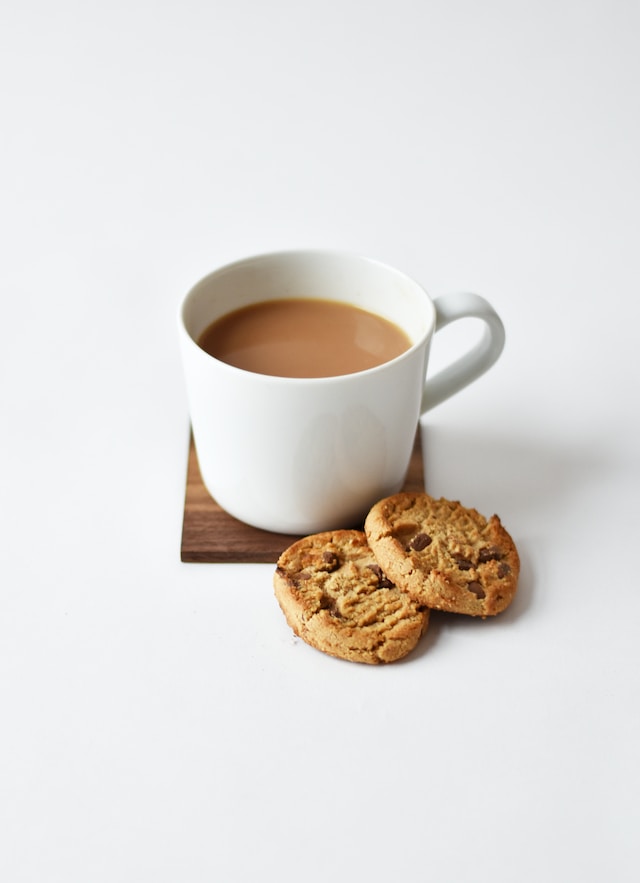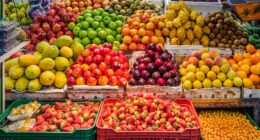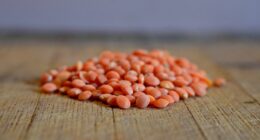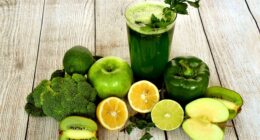Coffee is known for its higher caffeine content and bolder flavor profile, while tea offers a more subtle taste with varying health benefits depending on the type of tea.
The History of Coffee
Legend has it that coffee was first discovered in Ethiopia by a goat herder who noticed his goats became energetic after eating some red berries. The herder tried the berries himself, and soon felt revitalized too. From there, word of this magical fruit spread to Arabia where they started cultivating it.
It wasn’t until the 15th century that coffee made its way to Europe through Venetian traders. Coffee quickly became popular in cafes across the continent, with Paris being one of the first European cities to adopt coffee shops as social hubs.
In America, coffee played a crucial role during the American Revolution as an alternative beverage to tea (which had become unpopular due to British taxation). By the mid-1800s, Brazil emerged as a leading producer of coffee beans thanks to its ideal climate for cultivation.
Today, you can find specialty coffee shops all around the world serving up unique blends and roasts from various regions. From traditional Turkish-style brewing methods to modern-day espresso machines – there are countless ways we enjoy our daily dose of caffeine!
The History of Tea
(Photo by Egor Lyfar on Unsplash )
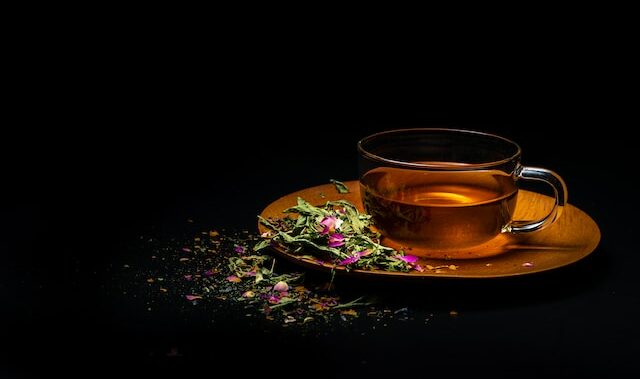
Tea is believed to have been discovered over 5,000 years ago in China. According to legend, the Emperor Shen Nong was boiling water when some leaves from a nearby tree fell into his pot. He decided to try the infusion and found it delicious.
From there, tea became an important part of Chinese culture. It was used for medicinal purposes and also as a beverage for aristocrats and religious ceremonies.
It wasn’t until the Tang dynasty (618-907) that tea began spreading throughout Asia. Buddhist monks played a significant role in this spread as they would often carry tea with them on their travels.
During the Song dynasty (960-1279), tea drinking became more accessible to all classes of people due to advancements in cultivation techniques and preparation methods.
In the 16th century, Europeans began trading for tea with China through sea routes. This led to England becoming one of the largest consumers of tea in Europe during the 17th century.
Today, tea is enjoyed all around the world and has become an integral part of many cultures. From traditional Japanese matcha ceremonies to British afternoon teas, it continues to be both a cultural staple and beloved beverage worldwide.
Coffee Vs. Tea – Key differences
When it comes to choosing between coffee and tea, there are several key differences to consider. The most obvious difference is the caffeine content. While both beverages contain caffeine, coffee generally has a higher concentration of it than tea.
Another difference is their taste and flavor profiles. Coffee tends to have a stronger, more bitter taste with hints of sweetness or acidity depending on the roast type. Tea, on the other hand, can have a range of flavors including floral, earthy or fruity notes depending on the type of leaves used.
The brewing process for each beverage also differs significantly. To make coffee, hot water is poured over ground beans which are then filtered out leaving only liquid coffee behind. Making tea involves steeping dried leaves in hot water for varying lengths of time depending on the desired strength.
In terms of health benefits, both drinks offer different advantages due to their unique chemical compositions. Coffee has been linked to improved energy levels and brain function while tea contains antioxidants that may improve heart health.
Ultimately whether you prefer coffee or tea comes down to personal preference as they both offer distinct tastes and aromas that can be enjoyed throughout the day.
The Different Types of Coffee
(Photo by Nathan Dumlao on Unsplash )
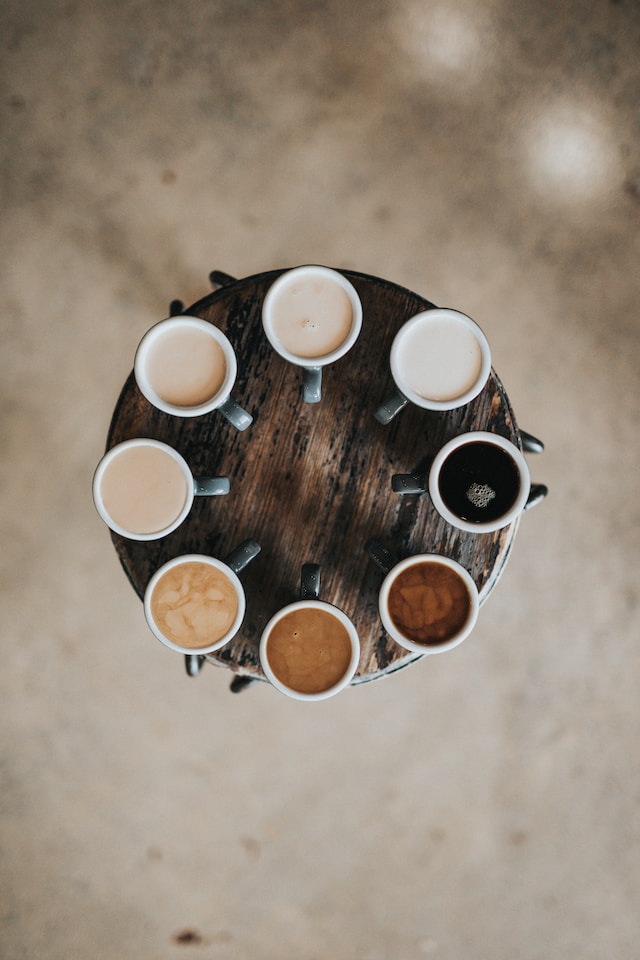
Coffee is one of the most popular beverages in the world, and there are many different types of coffee available to enjoy. Each type has its own unique flavor profile, making it a favorite choice for many coffee lovers.
One of the most common types of coffee is drip coffee. This type involves pouring hot water over ground beans held in a filter, allowing it to slowly drip through into a carafe or cup below. It’s a simple yet effective method that produces consistently good results.
For those who prefer something stronger, espresso may be the way to go. Espresso is made by forcing pressurized hot water through finely ground beans, resulting in a concentrated shot with bold flavors and aromas.
Cappuccino combines espresso shots with steamed milk foam for a creamy beverage that’s perfect any time of day. Lattes are similar but feature more milk than foam.
If you’re looking for something sweet and indulgent, try out flavored coffees like hazelnut or vanilla latte! These blends often come pre-flavored so you can skip adding sugar if desired!
The Different Types of Tea
Tea is a popular beverage enjoyed by people all over the world. It comes in different varieties, each with its unique taste and aroma. In this section, we’ll explore some of the most common types of tea.
Black tea, also known as red tea in China due to its reddish-brown color when brewed, is one of the most widely consumed teas globally. Its rich flavor makes it an excellent choice for those who want a strong cup of tea.
Green tea is another popular type of tea that originated from China. Unlike black tea, green teas are unfermented and have a mild flavor profile. They’re usually brewed at lower temperatures than black teas and are often served without milk or sugar.
Herbal teas aren’t actually “tea” since they don’t come from Camellia sinensis (the plant used to produce traditional teas). Instead, they’re infusions made using dried fruits, flowers or herbs like chamomile or peppermint. These aromatic brews are caffeine-free and available in various flavors.
White tea’s name comes from the fine white hairs present on its unopened buds resembling small needles which give it an elegant appearance when steeped into hot water. White Tea has delicate flavors owing to minimal oxidation; thus it has high antioxidants compared with other variants such as green/black/oolong
Oolong Tea falls somewhere between Green & Black Tea – partially fermented giving it both unique sweet floral aroma with smoky undertones along moderate caffeine levels ideal for mid-day refresher
The Different Types Of Teas can range from robust black beverages perfect for starting your day to soothing herbal blends that help you relax after dinner time; Each variety provides distinct health benefits while keeping us warm during cold winter nights!
How to Make Coffee and Tea?
Making coffee and tea may seem like a simple task, but there are many ways to prepare them. Here are some basic steps on how to make the perfect cup of coffee or tea:
For coffee, start by grinding fresh beans to your desired consistency. Boil water and let it cool for about 30 seconds before pouring over the grounds in a filter. Let it brew for 3-5 minutes before removing the filter and enjoying.
For tea, boil water and let it cool for about 2 minutes before steeping your preferred type of tea bag or loose leaf in an infuser. Depending on the type of tea, steeping times can vary from 1-7 minutes. Remove the bag or infuser and enjoy.
To enhance the flavor of your coffee or tea, consider adding milk or sweetener to taste. For an extra touch, try frothing milk for cappuccinos or adding spices like cinnamon to chai teas.
Experiment with different brewing methods and ingredients until you find what works best for you!
How to Make Tea?
Making a perfect cup of tea is an art that requires patience, attention to detail, and a bit of practice. Here are some tips on how to make the best cup of tea:
First, choose your favorite type of tea leaves or tea bags. The quality and freshness of the leaves can affect the taste and aroma of your brewed tea.
Next, boil fresh water in a kettle or pot. Avoid using tap water as it may contain impurities that can alter the flavor.
Once the water has boiled, let it cool for a few minutes before pouring over the tea leaves or bags. Steep for 2-5 minutes depending on your preference.
For loose leaf teas, use an infuser or strainer when steeping to avoid getting any bits in your cup.
If you prefer stronger flavors, add more tea leaves instead of steeping for longer periods which will only lead to bitterness.
Enjoy your freshly brewed cuppa with milk and sugar if desired!
The Health Benefits of Coffee and Tea
Coffee and tea are two of the most popular beverages worldwide. While both have their unique tastes, they also offer numerous health benefits that make them a staple in everyday life.
Coffee contains several antioxidants, including chlorogenic acid and melanoidins, which help prevent cell damage caused by free radicals. It is also known to improve brain function due to its caffeine content. Caffeine stimulates the central nervous system, making people feel more alert and awake.
Tea too has multiple health benefits as it contains polyphenols – plant compounds with antioxidant properties that protect cells against free radical damage. Polyphenols also reduce inflammation in the body, reducing the risk of chronic diseases such as heart disease or cancer.
Drinking coffee may help boost metabolism levels thus aiding weight loss efforts while tea can effectively lower cholesterol levels leading to better heart health over time.
Both coffee and tea have numerous beneficial effects on overall well-being when consumed in moderation. Therefore, incorporating these drinks into daily routines can be an easy way to improve one’s overall quality of life!
Featured Image By – Rumman Amin on Unsplash
